





 |
 |
 |
 |
 |
 |
|---|---|---|---|---|---|
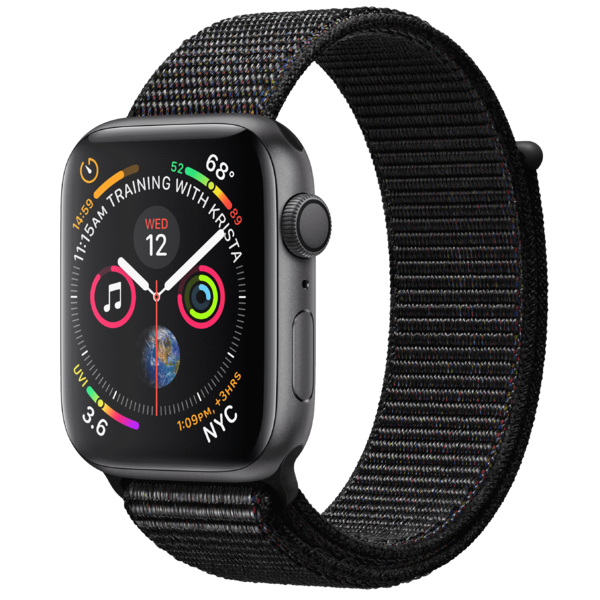 |
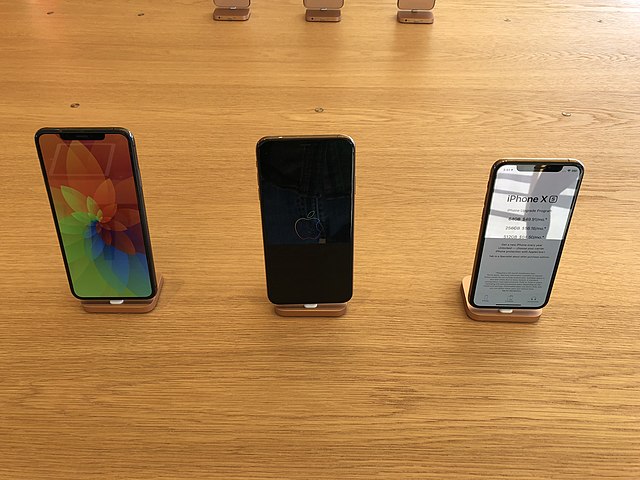 |
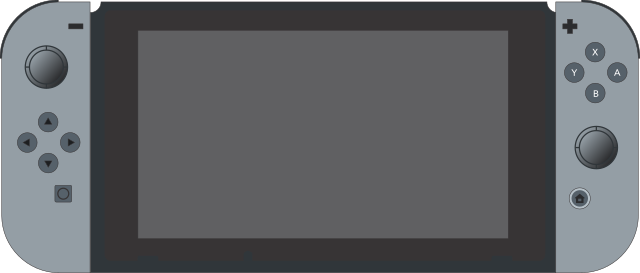 |
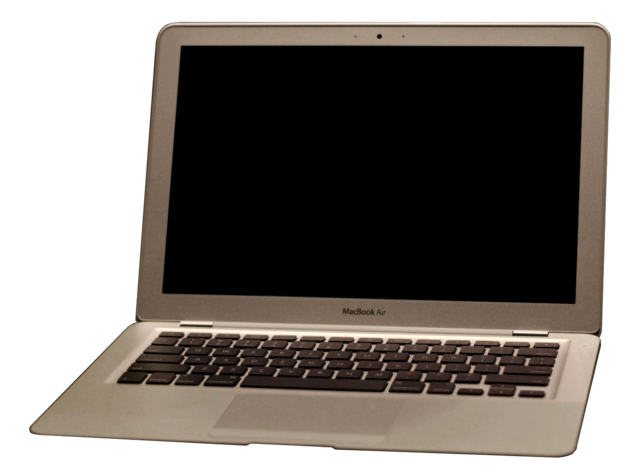 |
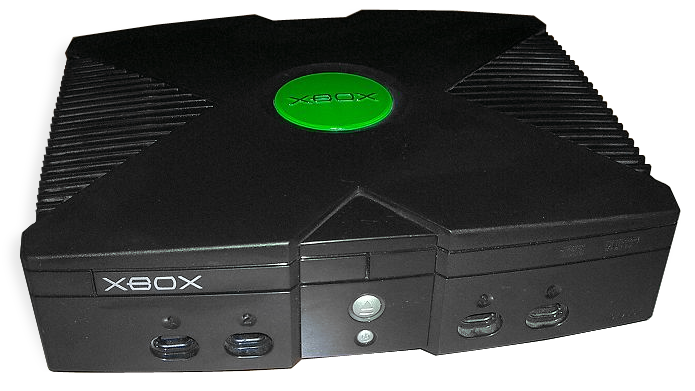 |
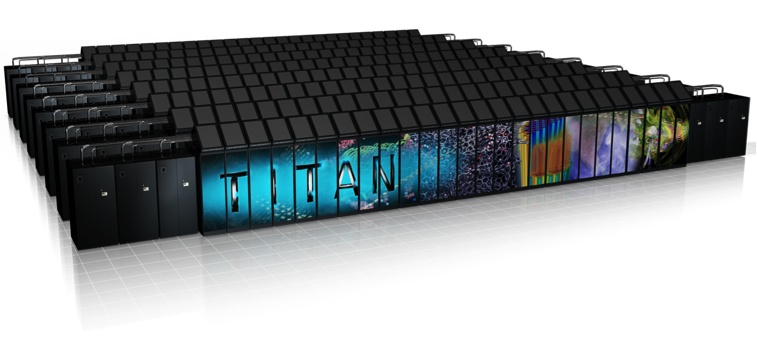 |
.jpg) |
|---|---|---|---|---|---|---|
A modern wristwatch is more powerful than a 1990 supercomputer.
Desktop gaming is driven by speed/$ and mobile gaming is driven by speed/Watt.
Clock speed once advanced exponentially but has since maxed out. Engineers turned to parallelization and vectorization, which the basis of GPUs. GPUs are used for both gaming and supercomputing.
The history of supercomputers is:
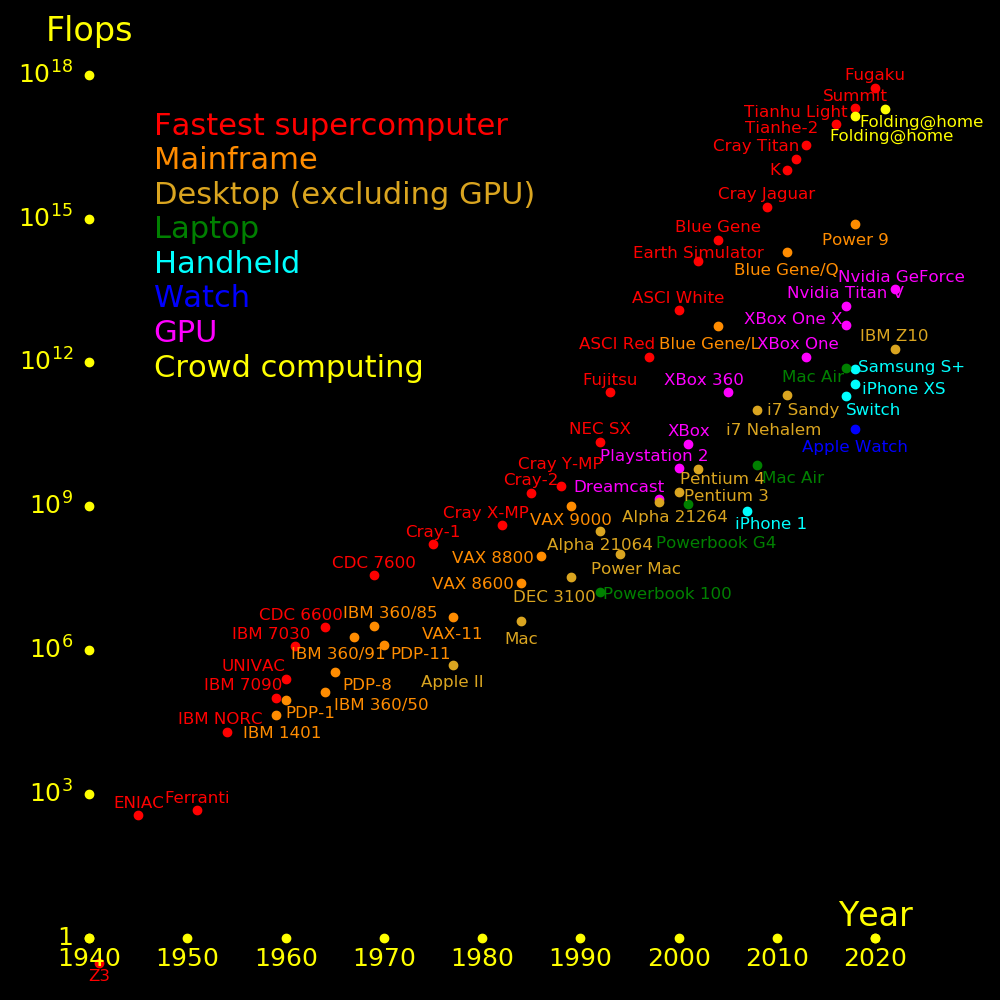 |
|---|
Speed per dollar, CPU = 2 GFlop/$ Speed per dollar, GPU = 40 GFlop/$ Memory, RAM = .2 GByte/$ Memory, solid state = 7 GByte/$ Memory, disk = 33 GByte/$ Speed per power = 200 GFlop/Watt (GPU) Battery energy per mass = 1000 MJoule/kg Battery power per mass = 1000 Watt/kg
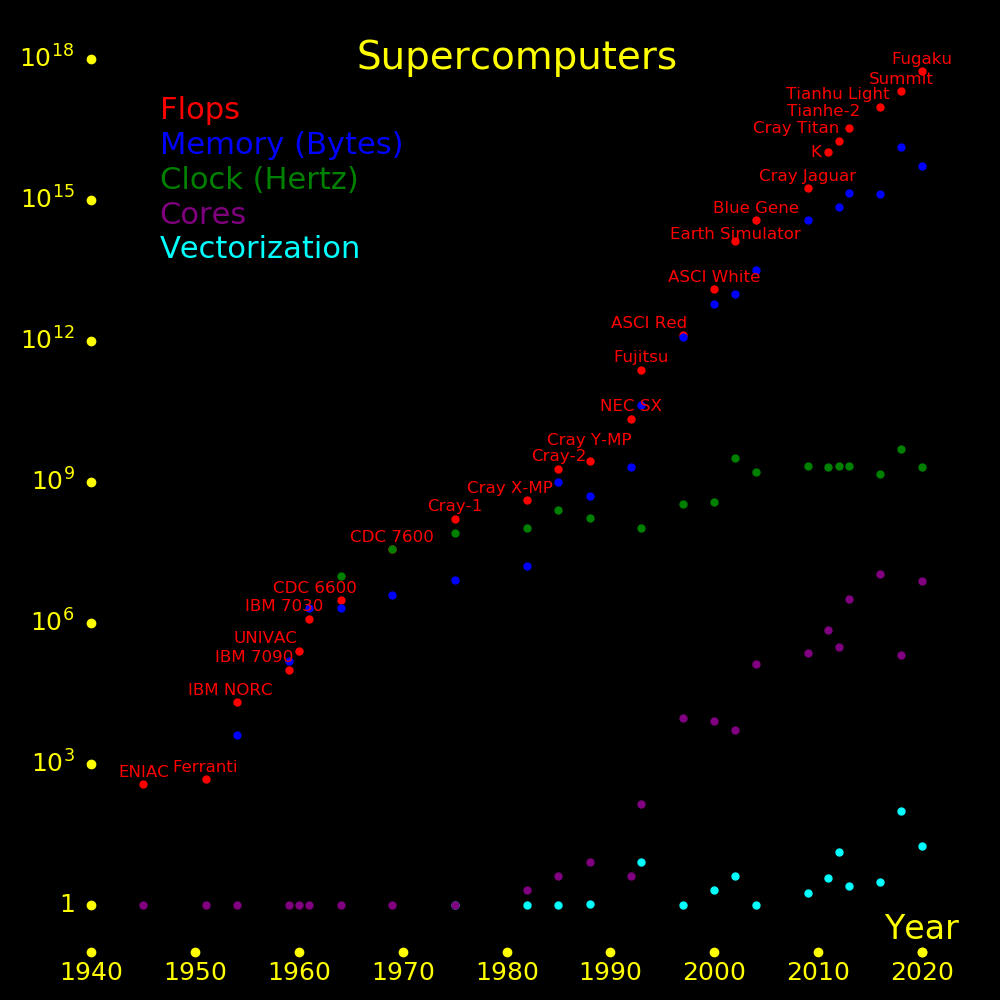 |
|---|
Computation speed is measured in GFlops (Giga Floating point operations per second). A floating point operation (Flop) is an add or a multiply.
A "core" is an independent floating point unit. Different cores can do different computations.
A core produces an add and a multiply once every clock cycle, hence it produces 2 floating point operations per cycle.
A core can be "vectorized", which means that it does many adds and multiples simultaneously. For vectorization, each element in the vector has to do the same computation. Gaming hardware is heavily vectorized.
The speed of a supercomputer is
Supercomputer speed = S = 2FCV Clock frequency = F Cores = C Vectorization = V Number of vectors per core
Supercomputing is fueled by Flops/$ and mobile computing is fueled by Flops/Watt.
For battery-powered computing, performance is determined by the following numbers:
Battery energy/mass = 1200 kJoules/kg (Lithium-polymer battery) Computer speed/power = 300 GFlops/Watt
Battery energy/mass advances slowly and processor speed/power advances rapidly. The way forward is to advance the speed/power of computers.
Define a unit of time as the duration of one clock cycle. In these units, the duration of various operations is:
Clock cycles
If 1
Abs 1
+ 3
- 3
* 3
/ 12
Sqrt 16
exp 24
log 24
sin 24
cos 24
L0 access 1 Access to L0 memory
L1 access 3
L2 access 12
L3 access 24
Main memory 128
Parallel 10000 In a parallel computer, access to memory on a neighboring computer
SSD 100000 Access to a solid state drive. 25 microseconds
Disk 20000000 Access to a spinning disk. 5 milliseconds
Adds and multiplies are pipelined so that a CPU produces an add and a multiply each clock cycle. A pipeline is like an assembly line. It may takes many clock cycles to assemble something, but the assembly line produces a new output each cycle.
Memory is arranged in stages. The sizes of the stages is such that
L0 < L1 < L2 < L3 < Main memory
L0 is faster than L1, L1 is faster than L2, etc.
The speed of various gaming systems is:
GFlops
PC gaming system 15000 Backed by a Graphical Processing Unit (GPU), an Nvidia Quadro
XBox One X 6000
Playstation 4Pro 4200
Macbook Pro 2060
Macbook Air 768
Samsung S+ 727
iPhone X 350
Nintendo Switch 195 Battery mode. 1000 GFlops on AC power
Apple Watch 4 40
The power consumption of various devices is:
Display Battery Power Mass Energy/Mass GFlops GFlops
inches kJoule Watt kg kJoules/kg /Watt
Apple Watch 4 1.3 4.0 .11 .048 83 40 360
iPhone XSM 6 44 1.2 .21 210 350 290
iPad Mini 8 70 1.9 .30 230
iPad Pro 10 111 3.1 .47 240
Mac Air 11 137 3.8 1.0 140 768 200
Mac Pro 15 301 8.4 1.8 170 2060 240
We assume a battery life of 10 hours.
To calculate the speed of a machine, using the Samsung S+ as an example,
Machine mass = M = .20 kg Battery energy = E = 44000 Joules Machine energy/mass = e = E/M = 220 kJoules/kg Battery life = T = 36000 seconds = 10 hours Typical lifetime for battery-powered devices Power = P = E/T = 1.22 Watts Machine speed = V = 727 GFlops Machine speed/power = v = V/P = 600 GFlops/Watt
For a machine on AC power, the critical number is GFlops/$, which is in the range of 12 GFlops/$.
Speed Memory Cores Cores Clock Disk Year Speed/Power Cost
Gflops GByte CPU GPU GHz TByte GFlop/Watt M$
Aurora 2000000000 10900000 22600000 67800000 2023 33 500
Frontier 1680000000 606208 8335360 2.0 2022 80 600
Fugaku 537000000 5090000 7630848 2.0 2020 13.4 1000
Summit 200000000 12900000 202752 598016 5.0 250000 2018 14.7
TiahuLight 93000000 1310000 10600000 1.45 20000 2016 6.2 273
Tianhe-2 33900000 1375000 3120000 2.2 12400 2013
Cray Titan 17600000 694000 299008 2.2 40000 2012 2.15 97
K Computer 10500000 710000 2.0 2011
Cray Jaguar 1750000 360000 224256 2.2 2009
Blue Gene 360000 32000 131000 0 1.6 2004
Earth Sim 131000 10000 5120 3.2 700 2002
ASCI White 12300 6000 8192 .375 160 2000
ASCI Red 1300 1212 9298 0 .333 1997
Fujitsu Wind 240 42 140 .105 1993
NEC SX-3/44 22 2 4 1992
Cray Y-MP 2.7 .5 8 0 .167 1988
Cray-2 1.9 1 4 0 .244 1985
Cray X-MP .4 .016 2 0 .105 1982
Cray-1 .16 .008 1 0 .08 .000303 1975
CDC 7600 .036 .036 1 0 .036 1969
CDC 6600 .002 .003 1 0 .002 1964
IBM 7030 .0012 .002 1 0 .0033 1961
UNIVAC LARC .00025 .00073 1 0 1960
IBM 7090 .0001 .00015 1 0 1959
IBM NORC 19600 Flops .000004 1 0 1954
Ferranti Mk 1 460 Flops 1 0 1951 First commercial computer
ENIAC 360 Flops 1 0 1945
Z3 .3 Flops 64 Bytes 1 0 1941 First programmable computer
Supercomputers tend to have 10 times as many Gflops as GBytes.
The largest crowd computing project runs at 137 PFlops (Folding@home).
The fastest supercomputer, "Summit", consists of 3 GPUs for each CPU. Each Power9 CPU has 2.8 TFlops and each Nvidia GV100 GPU has 7 TFs. Most of Summit&8217;s GFlops come from GPUs. The ratio of GPU GFlops to CPU GFlops is 7.5.
A processor consists of a CPU, with independent AMUs, and a GPU, where the AMUs all execute the same instruction. CPUs are divided into cores, and each core has a number of AMUs.
CPU Cores AMUs Clock RAM Power Year
Gflops /core GHz GB Watt
IBM Power9 rack 780000 792 16 5.0 2018
IBM Power9 3840 24 16 5.0 600 2018
i9 9960X 1590 16 16? 3.1 2018 No GPU Skylake
i9 9900K 920 8 16? 3.6 95 2018 GPU=UHD 630 Coffee Lake
Xeon Plat 8168 4150 24 32 2.7 768 205 2017 No GPU Skylake
Xeon Phi 7290F 6910 72 32 1.5 384 260 2016 No GPU
Xeon Phi SE10X 1074 61 1.1 8 2012
i7 Sandy 218 4 8 3.4 2011
IBM Blue Gene/Q 210000 16384 4 1.6 16000 2011
i7 Nehalem 102 4 4 3.2 2008
IBM Blue Gene/P 13900 4096 2 .85 2000 2007
IBM Blue Gene/L 5700 2048 2 .7 512 2004
Pentium IV 6 1 1 3.0 2002
Pentium III 1.35 1 1 1.0 2000
DEC Alpha 21264 1.2 1 1 .600 1998
DEC Alpha 21164 .6 1 1 .300 1995
DEC Alpha 21064 .3 1 1 .150 1992
DEC VAX 7000 6x0 .73 4 1 .091 3.5 1992
DEC 3100 .033 1 1 .0167 .024 1989
DEC VAX 9000 1.0 4 1 .0625 1989 125 MFlops GPU per core
DEC VAX 8800 .09 2 1 .022 .5 1986
DEC VAX 8600 .025 1 1 .0125 .256 1984
VAXstation I 1 .004 1984
DEC VAX-11/780 .001 1 .1 .005 .002 1977
IBM 370/158 .00064 1 .037 .0087 1972
DEC PDP-11 1 .00125 56k 1970
IBM 360/85 .0032 1 .004 1969
IBM 360/91 .0019 1 .004 1967
DEC PDP-8 350 kflops 1 .21 .00083 32k 1965
IBM 360/50 133 kflops 1 .033 .002 .0005 1964
DEC PDP-1 93 kflops 1 .25 .000187 1960
IBM 1401 1 .000087 1959
UNIVAC I 1.9 kflops 1 .0004 .00225 3k 1952
Apple PowerMac 1 .10 1994
Apple Mac II 1 .016 1987
Apple Mac 1 .008 1984
Apple II 1 .001 64k 1977
Macbook Pro 6 2.9 32 2018
Macbook Air 282 2 8 2.2 8 2017 i7 5650U. HD Graphics 6000 769 GFlops GPU
Powerbook G4 1 .55 .25 2001
Powerbook 100 1 .016 .008 1992
XBox One X 8 2.3 12 150 2017
Nintendo Switch 8 1.02 4 5 2017
iPhone XS 6 2.5 4 2018
Samsung Galaxy S+ 8 2.2 6 2018 CPU Kryo 385 GPU Mali-G72 MP18
Samsung Watch 2 1.15 1.5 .2 2018 Exynos 9110 6300 Joules 13x46x49 mm
Sony Watch 3 38 4 4 1.2 .5 2018 CPU Arm Cortex-A
Apple Watch 4 2 1.0 .5 2018 4010 Joules 16GB disk
Examples of GPUs:
Speed AMUs Clock RAM Year GPU model
Gflops GHz GB
Nvidia Quadro 14800 5120 1.13 32 2018 GV100
Nvidia Quadro 16300 4608 1.35 50 2018 RTX 8000
Nvidia Tesla 14028 5120 1.36 16 2017 V100
Nvidia Titan V 13800 5120 1.2 12 2017
AMD Radeon Vega 13110 4096 1.6 16 2017
XBox One X 6000 2560 1.17 12 2017
Playstation 4Pro 4200 ~2300 .911 8 2016 AMD Radeon
Macbook Pro 2060 1024 1.0 32 2018 Radeon Pro 560X
Macbook Air 768 384 1.0 8 2017
Samsung S+ 727 512 .71 2018 Adreno 630
iPhone X 350 2018
Nintendo Switch 195 256 .38 4 2017
Playstation 4 1843 1150 .8 8 2013 AMD Radeon
XBox One 1310 768 .853 8 2013
Nintendo Wii U 352 .55 2012
Playstation 3 230 2006
XBox 360 240 .50 2005
XBox 20 .233 2001
Nintendo Gamecube 9.4 2001
Playstation 2 6.2 .30? 2000
Sega Dreamcast 1.4 .10 1998
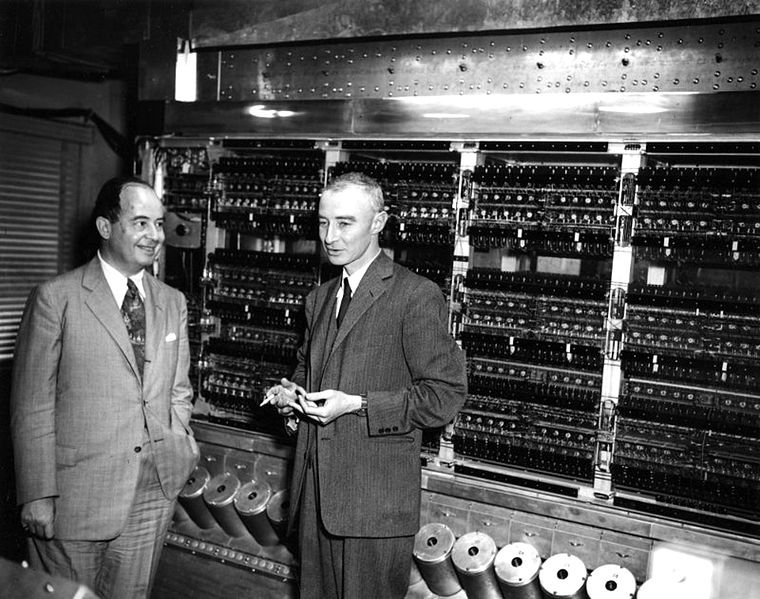 |
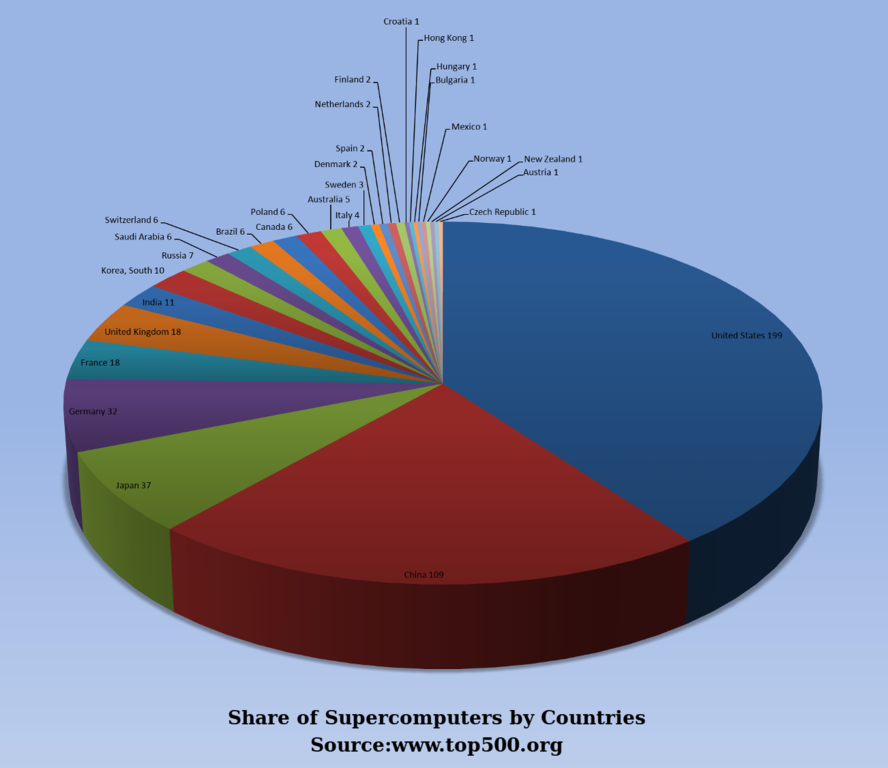 |
|---|---|
1941 First programmable computer, built from vacuum tubes 1947 Transistor invented 1953 First transistor computer 1957 First Fortran compiler 1958 Kilby builds first integrated circuit 1963 Mouse 1971 8 inch floppy disk
The cost of a supercomputer is far larger than the cost of electricity to run it. For a supercomputer in 2018, typical numbers are:
Speed = V GFlops Power = P Watt Speed/Power = v = V/P = 10 GFlops/Watt Machine cost = C = $ Speed/cost = s = V/C = .4 GFlops/$ Time of operation= T = 1e8 seconds = 3.2 years Electric energy = E = P T Energy/Dollar = e = 4e8 Joules/$ Electricity cost = c = E/e Cost ratio = R = c/C = Ts/(ev) = .01
 |
|---|